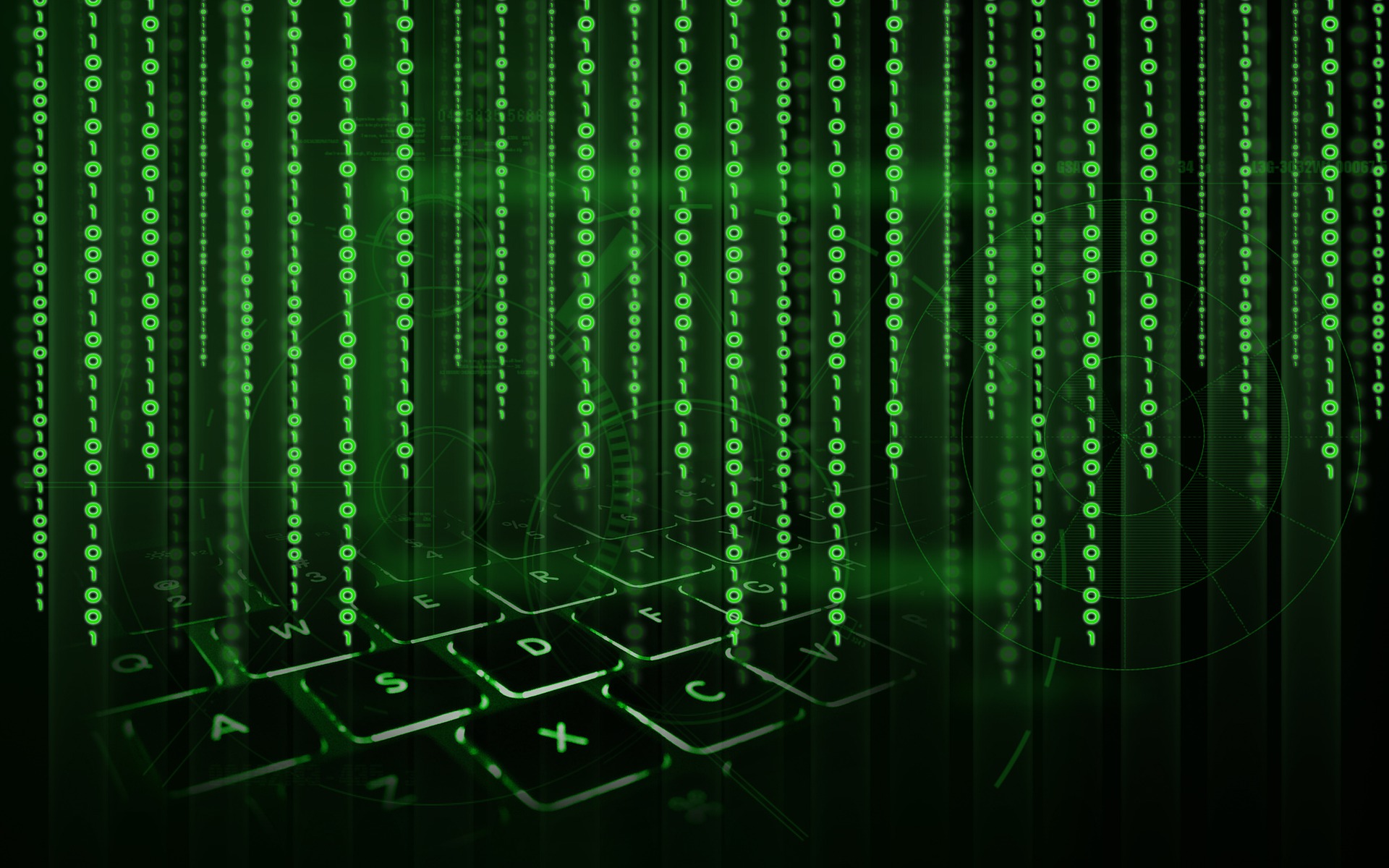Viruses are only one of the categories of malicious software, or, as it is also referred to, malware available in the cyber space today. Their essential feature is functioning while being attached to some already existing programme which allows the code of viruses to replicate and spread around the system or an entire network. The variety of viruses is incredibly large ranging from some seemingly harmless programmes to the applications which can seriously damage your system, steal your personal data or get access to your bank account.
Needless to say, you should be aware of some of the most popular viruses which can put your safety as well as the safety of your machine to real jeopardy. This article will help you to understand these types of malware better.
Basic classification of viruses
The most basic classification of computer viruses divides the majority of them into two groups depending on their interaction with a system such as installation on the computer or attacking it in the direct way.
The latter type of viruses is called a direct action virus. Such viruses are typically attached to COM or EXE files and are spreading to similar files in the directory once a user executes the infected file. Their impact on the system is not large since they do not tend to delete your files or impair the performance of the system. Anti-virus programmes can easily detect such malware and delete it.
The opposite type is a resident virus which actually gets installed which makes them more persistent and able to function even when the initial file with infection is deleted.
Further categorisation of viruses
These are some of the worst types of viruses you can come across at the moment.
Spacefiller viruses
A spacefiller virus can be considered as one of the most intelligent types of viruses because of a special technology it is using for infecting systems. While typical viruses need a file or, more frequently, another programme to get attached to it and spread, spacefillers are aiming to get into empty space inside the file itself.
Sometimes, such a space is available, and, if it is filled by a virus, this won’t change the size of the file. As a result, the majority of anti-viruses and anti-malware programmes are not able to distinguish the presence of such a dangerous code inside a seemingly normal file.
On the one hand, spacefiller viruses are not as common as the majority of other viruses described in this article, yet, the spread of the Windows Portable Executable files has created more auspicious conditions for the popularity of spacefiller viruses.
Boot sector viruses
Another rather notorious form of malware is a boot sector virus. The viruses of such a type are aiming to get the record of the master boot infected which makes them rather resistant to removal. Unfortunately, in the majority of cases, the entire system has to be formatted in order to get rid of a boot sector virus especially when the one managed to make large damages to the code or perform the encryption of the boot sector.
The good news is that boot sector viruses are less popular nowadays since they are typically spread via removable media and were especially common in the 1990s. Yet, you should still be aware of the possibility of having your USB infected by one of such viruses.
Polymorphic viruses
Polymorphic viruses are using a different approach to fool the anti-virus programmes which is actually rather effective.
In point of fact, any time a polymorphic virus is replicating, it is changing the binary pattern which is also called a virus signature. This makes an anti-virus programme to consider a polymorphic virus to be a totally different programme which helps such a virus to avoid being added to the blacklist.
Multipartite viruses
While polymorphic viruses are changing their signature, multipartite viruses are featured with the ability of being spread in multiple ways. Furthermore, it can also perform different types of behaviour depending on its condition. For instance, the presence of particular files on the computer can trigger one type of an attack whereas their lack can make the virus perform a different form of an attack.
On top of that, multipartite viruses can also spread their infection on multiple levels simultaneously, attacking both the executable files and the boot sector itself. Needless to say, such a behaviour leads to a rather fast spread of an infection and makes the virus rather difficult to be removed. As you can imagine, cleaning the programme files of your computer is not enough since the virus in the boot sector can still replicate itself.
Overwrite viruses
Overwrite viruses are possibly the least dangerous ones on our list, however, it doesn’t make them less frustrating.
Although, in all likelihood, an overwrite virus will not damage the system of your computer severely, it can definitely cause you some problems since it will simply make you erase any information contained in the files it has infected. That is so since you will have no other way of getting rid of an overwrite virus without deleting the files it has spread to. Pay your attention to the fact an overwrite virus is able to infect not just a single file but also an entire part of the software you are using.
These viruses are even nastier because of their low visibility. The most common way of getting such a virus on your computer is via an infected email.

